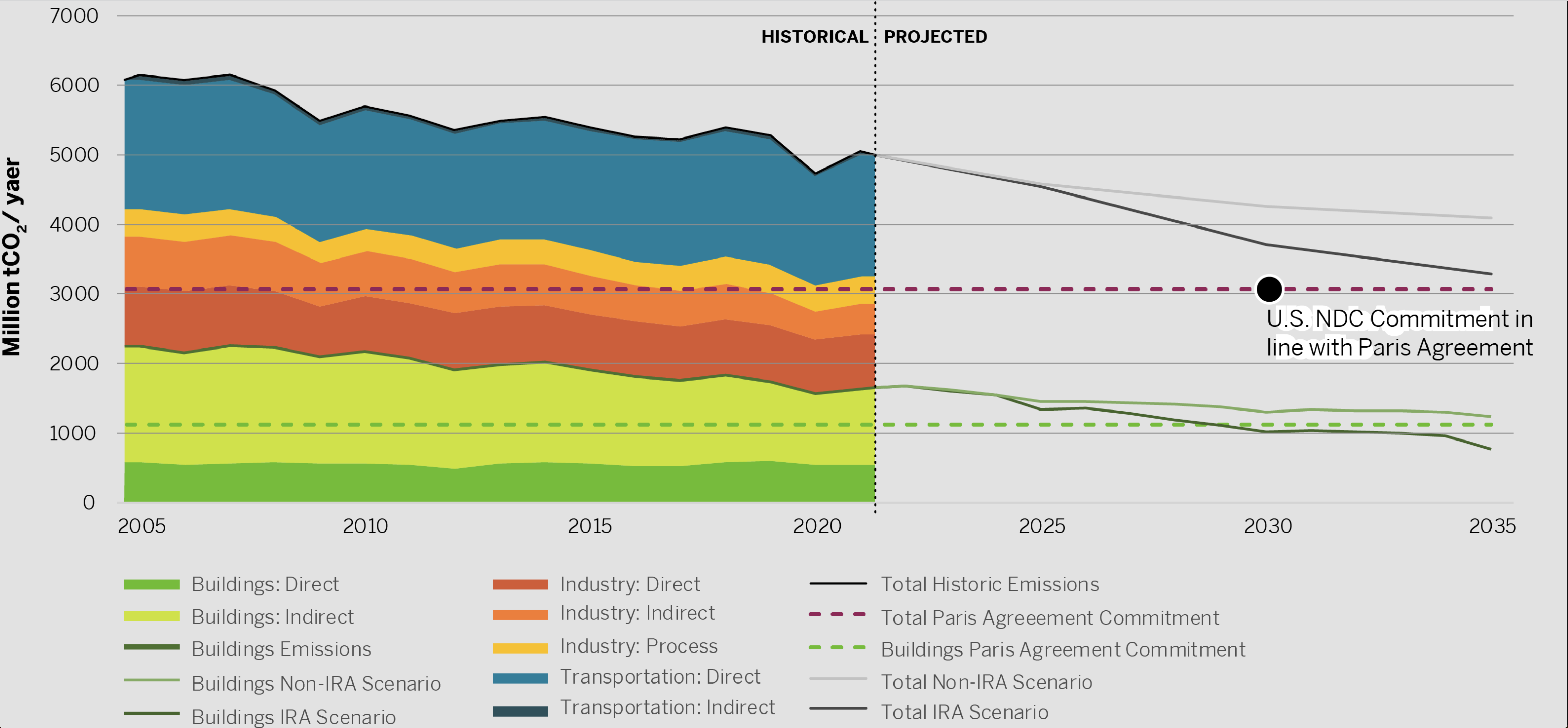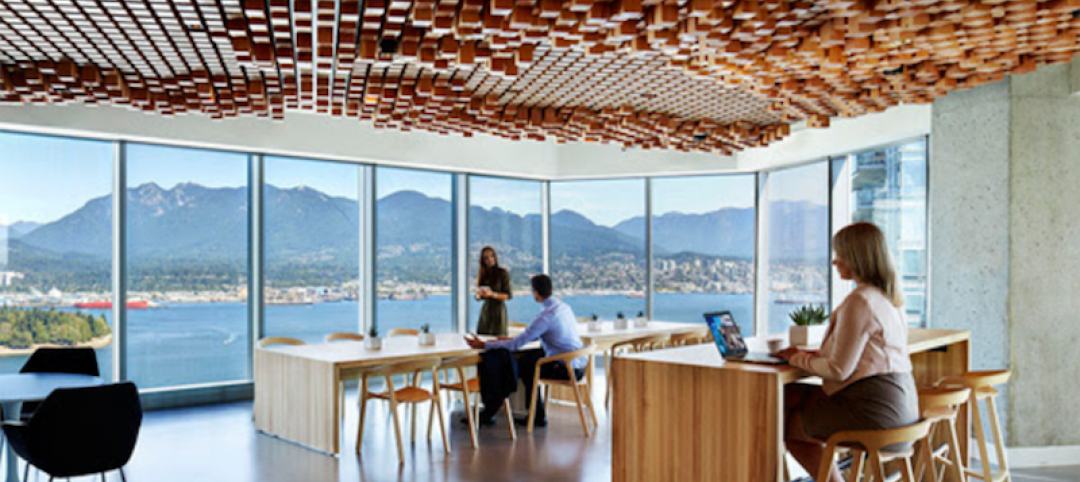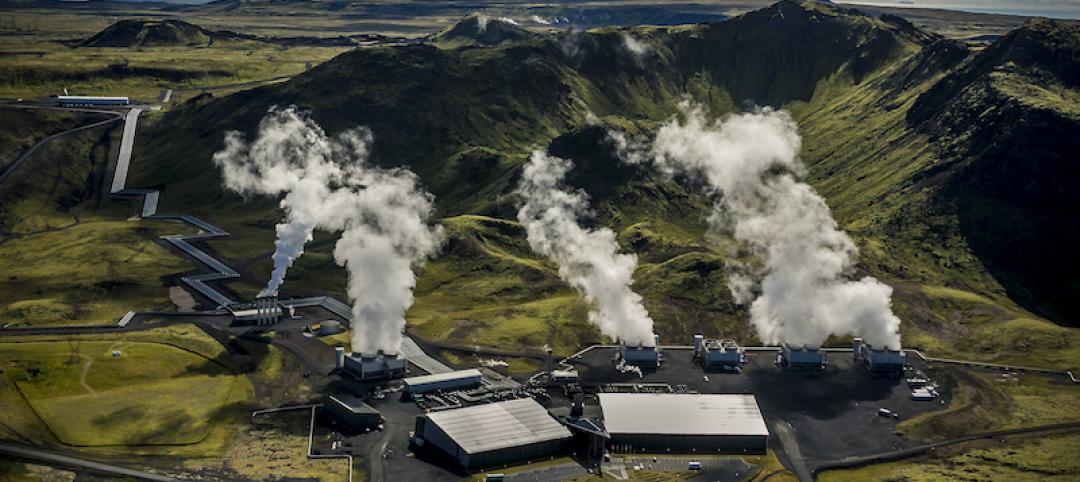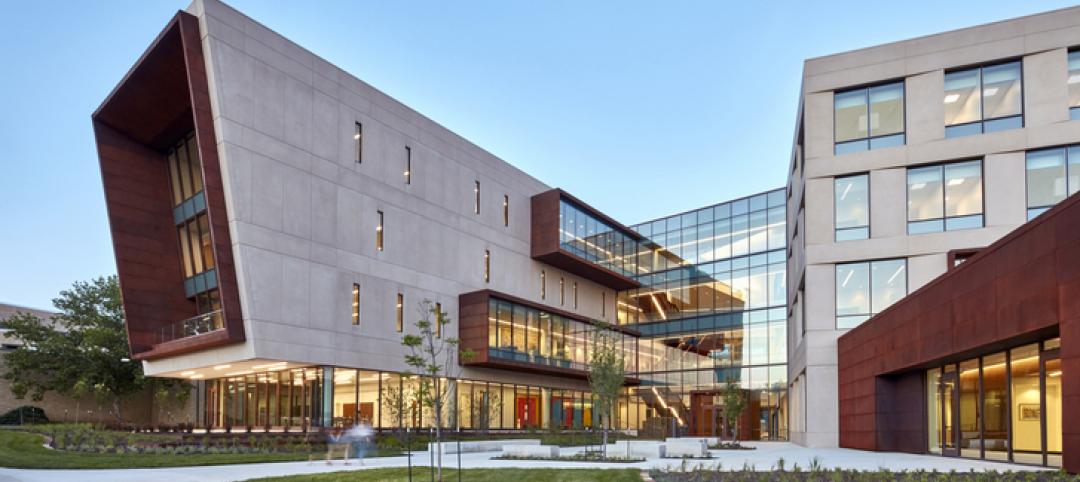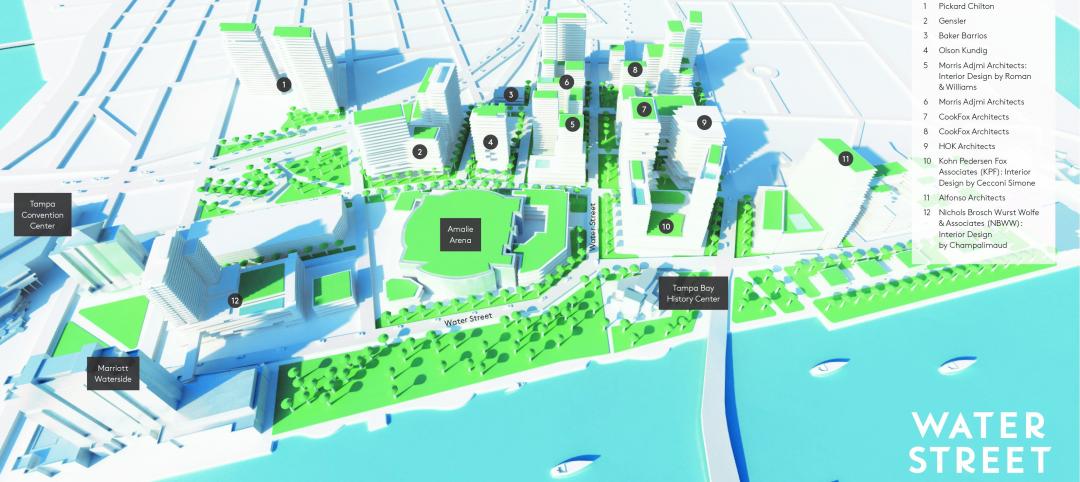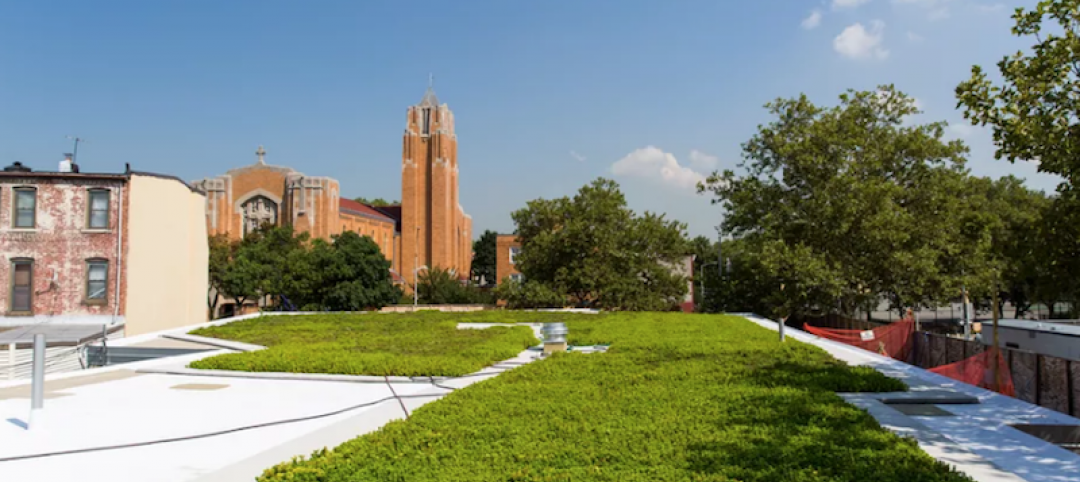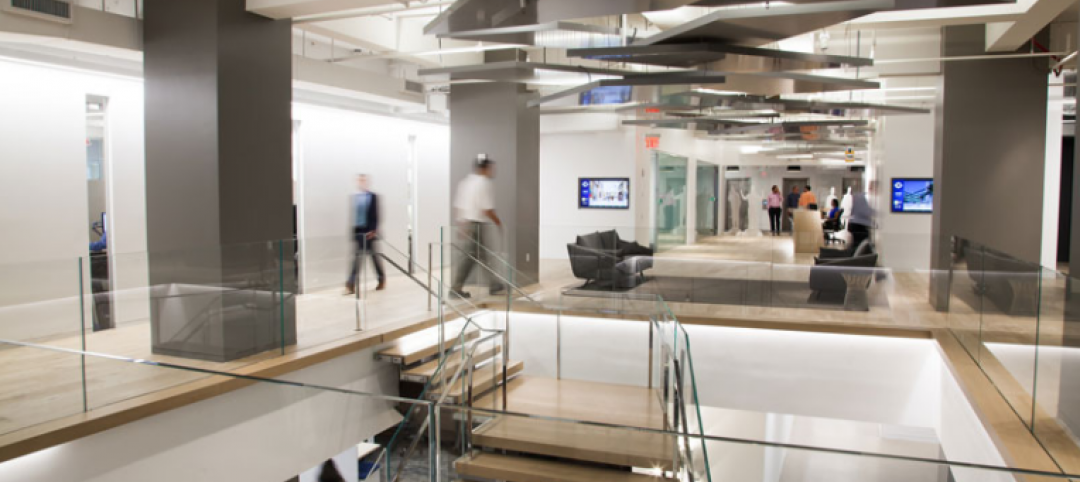The U.S. has the tools to reduce commercial building-related emissions to reach target goals in 2029, earlier than what it committed to when it signed the Paris Agreement, according to a report by the U.S. Green Building Council.
The report includes key historical data and presents targeted opportunities for future improvement. It identifies high-opportunity areas that can be decarbonized faster, such as deep retrofits in refrigerated warehouses, where emissions have grown in recent years.
Older commercial buildings present another area for significant improvement. This building category, where pre–1980 buildings account for nearly 40% of gross commercial floor area in the U.S., could use nearly half of the expanded commercial energy efficiency tax deduction in 2022’s Inflation Reduction Act, a key lever for decarbonization.
On average, commercial buildings have become 37% less carbon intensive and 26% more energy efficient. But despite these reductions, the report found overall sector emissions of commercial buildings has remained flat since 1990 because of significant increases in total building floor area.
Related Stories
Giants 400 | Oct 30, 2017
Top 130 green architecture firms
Gensler, Stantec, and HOK top BD+C’s ranking of the nation’s largest green sector architecture and AE firms, as reported in the 2017 Giants 300 Report.
Greenbuild Report | Oct 18, 2017
Rebuild, retreat, or resist
Hurricanes Harvey and Irma expose the necessity—and limitations—of resilient design and construction measures.
Sustainability | Oct 16, 2017
A negative emissions power plant is now operational in Iceland
The geothermal power plant in Hellisheidi, Iceland was outfitted with a Climeworks DAC module.
Sustainability | Oct 9, 2017
New Arizona State University building will reach triple net-zero performance
The science and research complex will include an atrium biome filled with plants and water.
Sustainability | Oct 4, 2017
The solutions to climate change are already at our fingertips
To keep global temperature rise below 2 degrees Celsius of warming, the International Energy Agency (IEA) reports that the global buildings sector will need to decrease its total annual greenhouse gas contribution by 77% by 2050.
Green | Oct 2, 2017
Five strategies to improve energy performance in existing buildings
After performing retro-commissioning and energy audits for more than five million square feet of existing building real estate, we have developed a list of common low/no-cost Energy Conservation Measures (ECMs) that are identified on the majority of projects.
Green | Sep 27, 2017
Wellness gains ground with real estate and property management professionals
Structure Tone survey finds LEED is still a selling point, but interest in resilience practices could be waning.
Codes and Standards | Sep 12, 2017
Washington, D.C. is first LEED Platinum city in the world
All city government buildings are powered by renewables.
Green | Sep 12, 2017
Brooklyn’s Windsor Terrace Library gets a living roof
The roof was funded through a process that allows local residents to decide how City capital dollars are spent in their neighborhoods.
Green | Aug 24, 2017
Business case for WELL still developing after first generation office fitouts completed
The costs ranged from 50 cents to $4 per sf, according to a ULI report.


